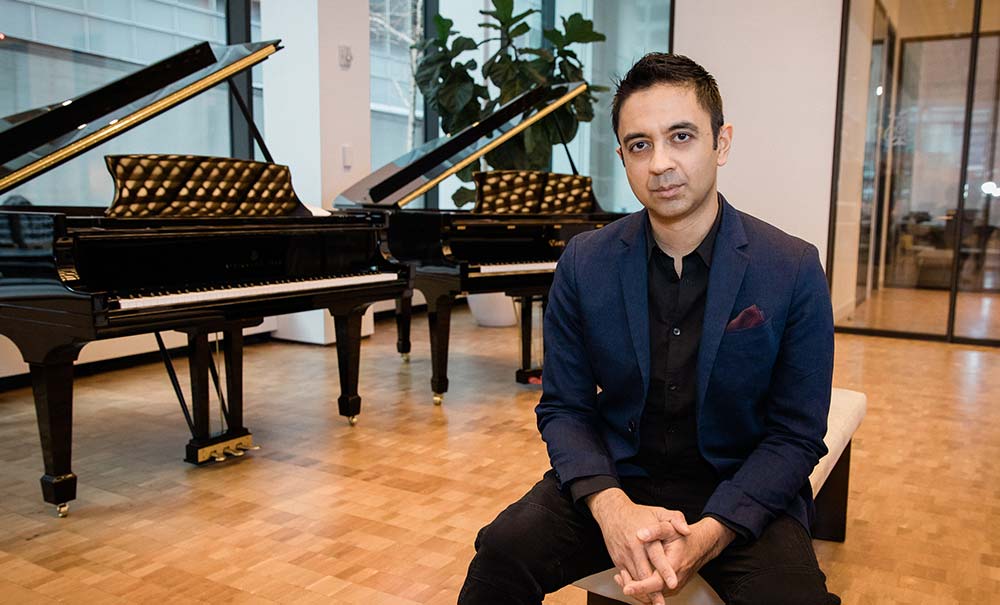
Vijay Iyer was a graduate student of physics when he began playing as a professional pianist. He has since worked simultaneously inside and outside of academia, both as a professor and one of the forefront jazz pianists in the 21st century. This may give the impression that he’s an intellectual, but in fact he’s spent most of that time working to deemphasize the mind and to develop the feeling, proprioceptive aspects of musicianship.
You have reached your article limit
Sign up for a digital subscription and continue reading all new issues, plus our entire archives, for just $1.50/month.
Already a subscriber? Sign in




